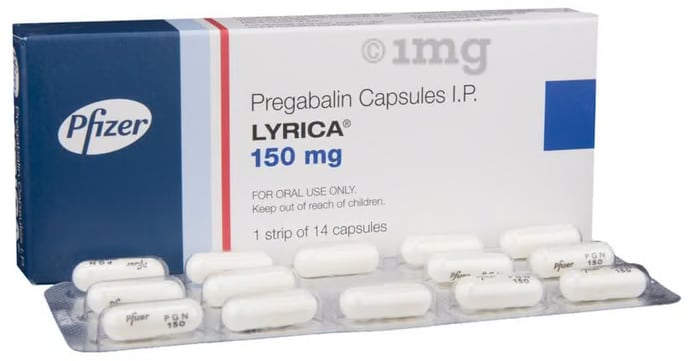More anticonvulsants, more!
One of the most notorious examples of Big Pharma living up to its reputation for evil-doing is the illegal promotion of anticonvulsant drugs like Neurontin and Lyrica for painful problems like low back pain. Pfizer coughed up billions for lawsuit settlements and record-breaking fines. I think it’s safe to say that they didn’t actually pay enough to undo the damage, though…
Thanks to that horror show, and to research by Peet et al, we now know that there was a mighty 5× surge in gabapentin prescriptions in the 2000s and 2010s. That was — and continues to be — a chilling demonstration of the power of under-handed and well-funded marketing. Even as opioid prescriptions fell somewhat, gabapentin scrips rose dramatically, despite the dubious value for most of what it was being prescribed for (most kinds of pain).

They work for seizures, why not back pain? Hmm, might want to test that idea before selling it. Anticonvulsants never really made a lick of sense for many kinds of pain, especially back pain — but the claim was sure profitable.
Interestingly, those prescriptions weren’t replacing opioids, or only a little. The anticonvulsants scandal did nothing but complicate the opioid crisis, because the immense increase in their prescription was more with opioids than instead of them: overlapping prescriptions tripled. Why? Why?! That’s just bonkers. But there is a tragic logic to it. Journal Watch in early 2023:
“Clinicians clearly are turning to gabapentin as a nonopioid option for pain management or adding it to opioid treatment to avoid escalating opioid doses. Clinicians should not view gabapentin as a panacea for chronic pain management and should be especially wary of coprescribing it with opioids.”
So: doctors are collectively trying to mitigate the opioid crisis with clearly excessive prescriptions for a drug that was disproven or an unproven long shot for pain, mainly because it was aggressively promoted to them. •slow clap• One would be hard pressed to find a better example of corruption and incompetence in Big Pharma and medicine. This does not remotely mean that all medicine is corrupt or useless, or even that all prescriptions for anticonvulsants are bogus; these drugs certainly do have legitimate uses. But their extensive abuse, with its clear origins in unethical marketing, is an extremely dark stain.
That’s all terrible news about the state of pain medicine, but I am at least happy to show that I am not a “pharma shill” — a silly accusation, but constantly hissed at health science advocates.
This post is an excerpt from an update to PainSci’s featured article on the overdiagnosis of nerve pain. This is also covered in my book about back pain, a guide to the science for both patients and professionals.